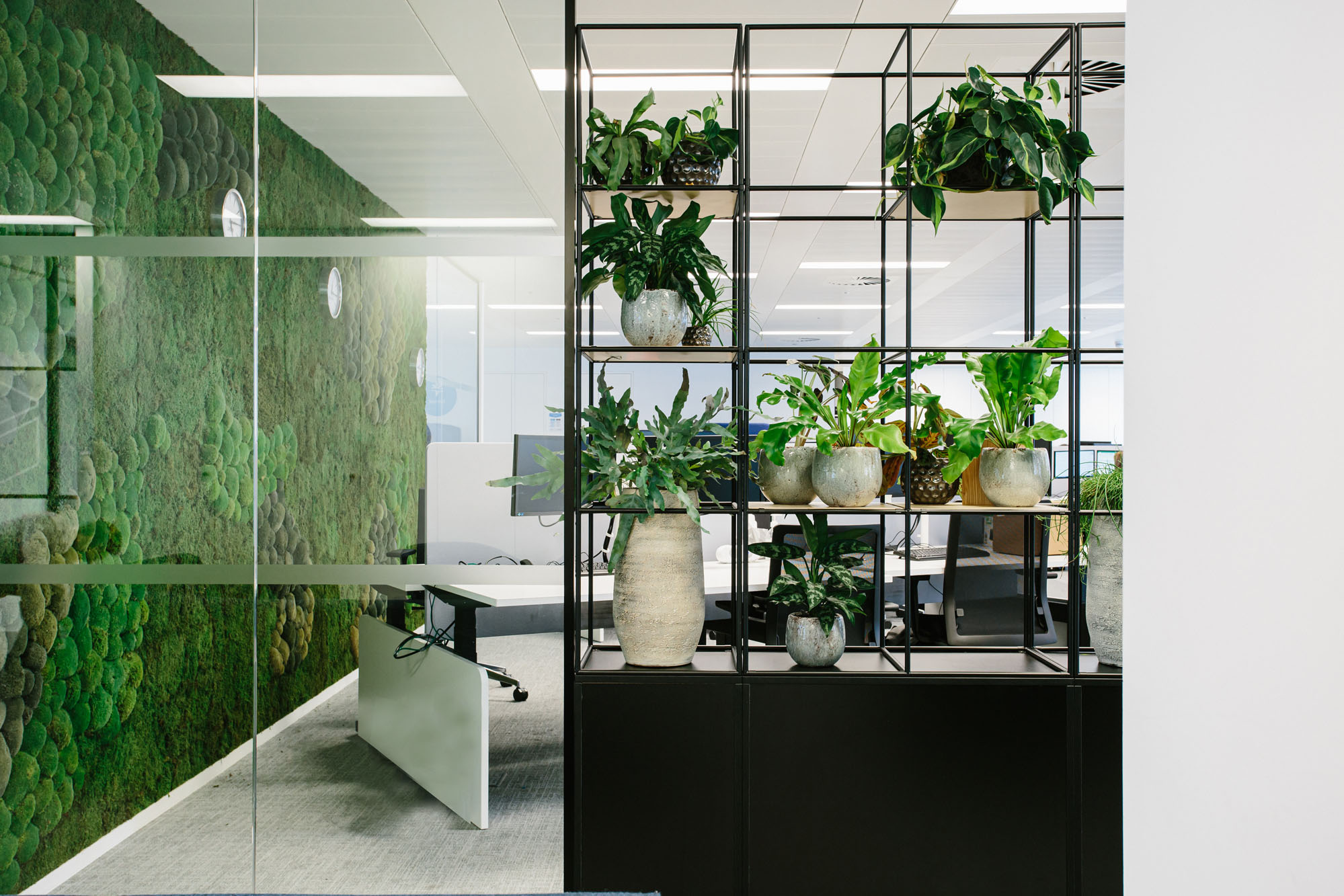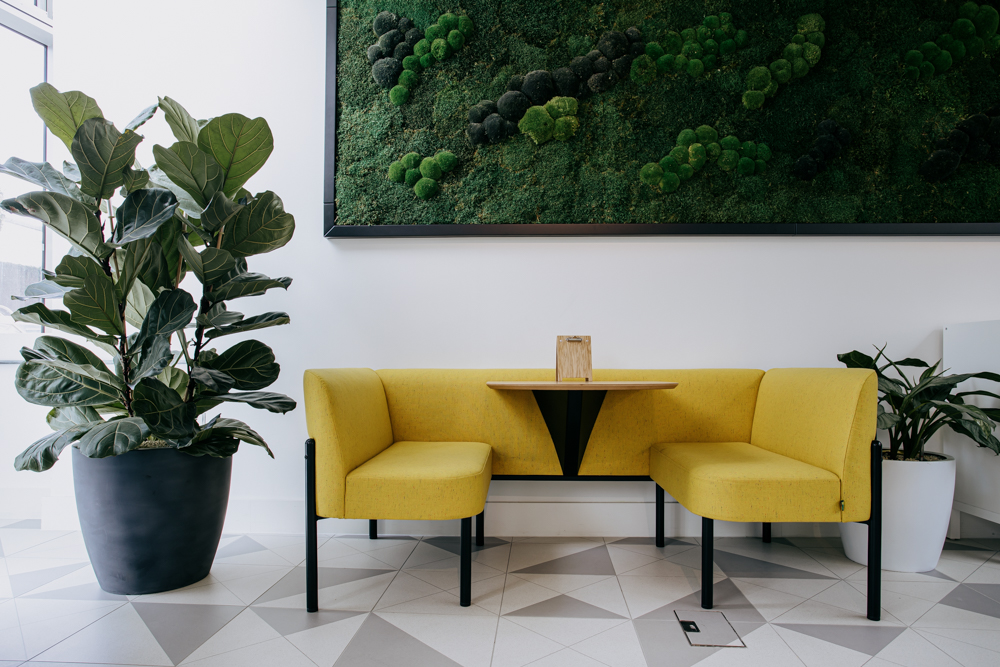
Embracing Biophilic Design

Words by Kitty
Transforming office spaces with biophilic design to enhance well-being, productivity and aesthetics.
In today’s bustling urban landscapes where concrete and glass dominate, there’s an increasing recognition of the profound impact nature has on our wellbeing. Biophilia, the inherent human love for nature, underscores our fundamental need to connect with the natural world – a concept that biophilic design channels into creating healthier, more inspiring environments.
At Plant Designs, we specialise in harnessing biophilic design principles to transform spaces into vibrant sanctuaries that enhance well-being, creativity and promote environmental sustainability.
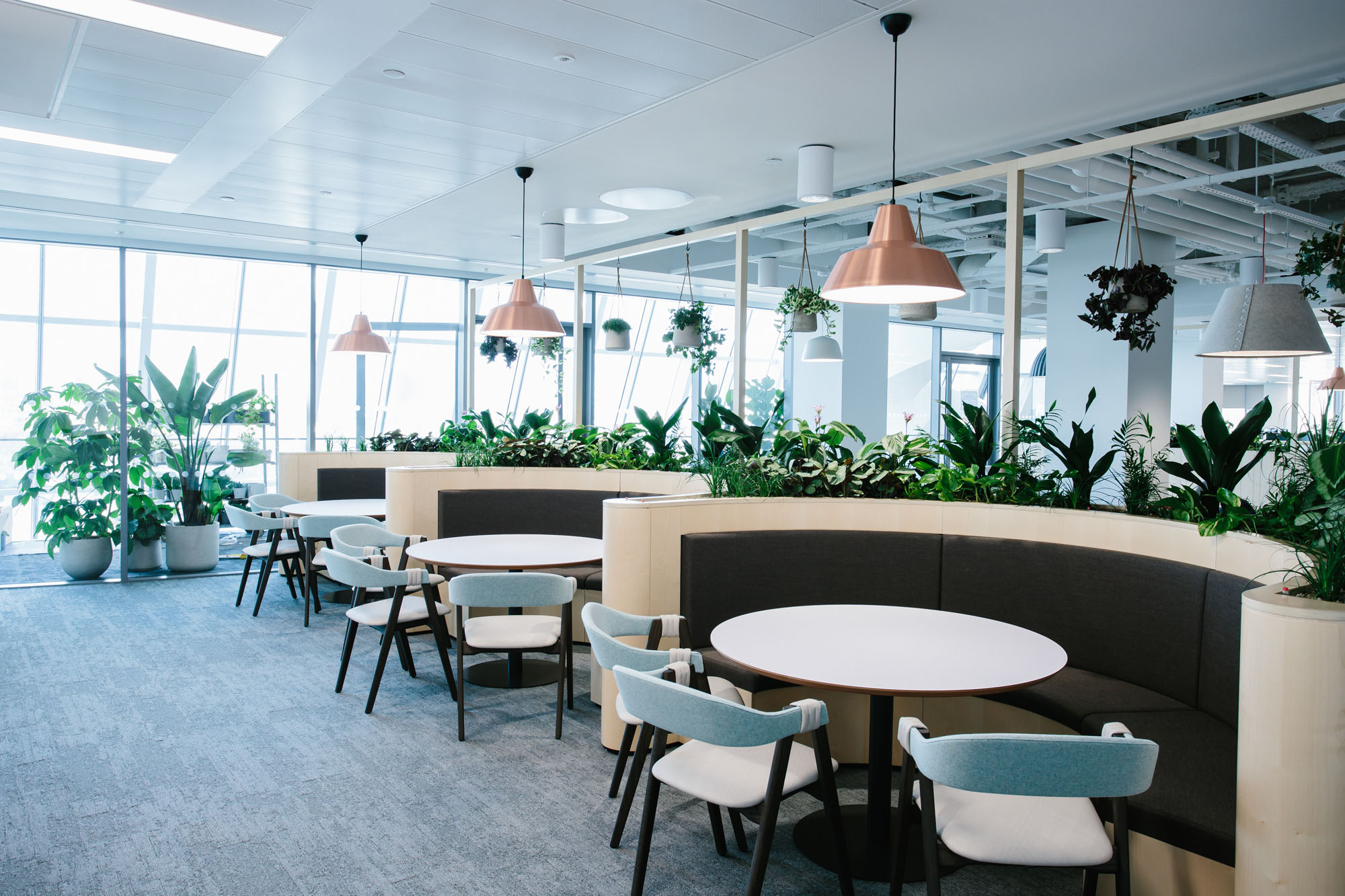
Understanding Biophilia and its Impact
Biophilia acknowledges humanity’s deep connection with nature, influencing our mental, emotional and physical health. Biophilic design translates this connection into architectural and interior design strategies that integrate natural elements, such as plants, natural light and water features into built environments. These elements not only beautify spaces but also contribute to improved air quality, reduced stress levels and enhance productivity.
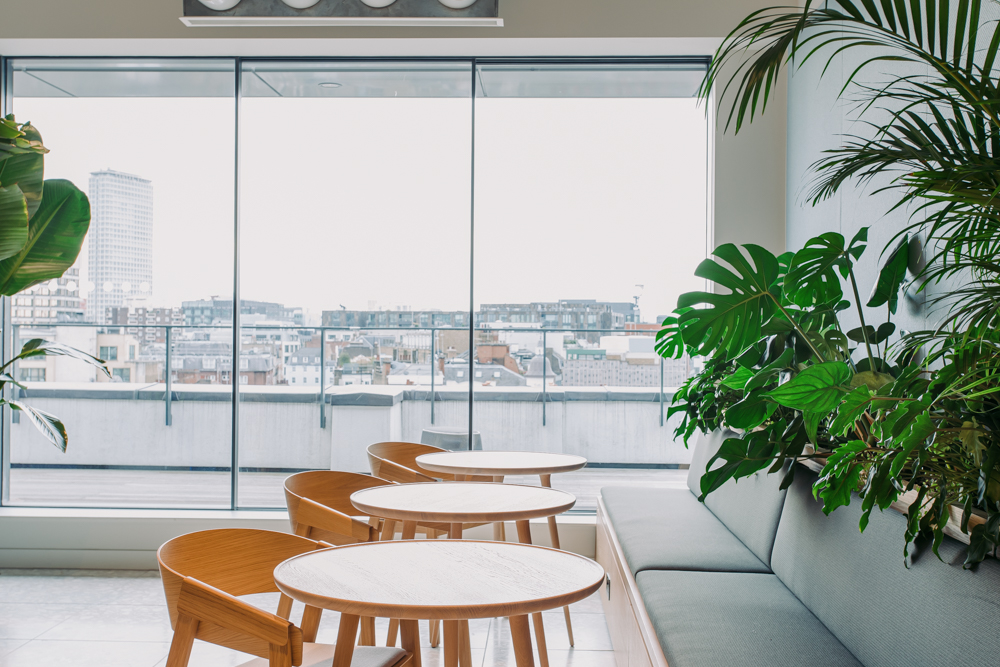
Benefits of Biophilic Design
Enhanced Well-being and Stress Reduction:
Biophilic environments have been shown to lower stress levels and promote relaxation. By incorporating elements like indoor plants and natural light, spaces become more tranquil and beneficial to mental clarity and focus. Studies have demonstrated that exposure to nature, even in urban settings, can lead to reduced cortisol levels, a marker of stress. Biophilic elements in workplaces have been linked to decreased absences and improved employee wellbeing (Human Spaces Report).
Improved Air Quality and Health Benefits:
Indoor plants acts as natural air purifies, filtering out pollutants and releasing oxygen. This improves indoor air quality, reduces respiratory issues and enhances overall heath and comfort for occupants. Research by NASA has identified several indoor plants, such as Chlorophytum comosum (spider plants) and Spathiphyllum (peace lilies), as effective in removing common indoor air pollutants like formaldehyde, benzene and trichloroethylene from the air (NASA Clean Air Study).
Boosted Productivity and Creativity:
Workspaces designed with biophilic elements report higher levels of employee satisfaction, creativity and productivity. Natural elements inspire innovation and foster a sense of well-being, contributing to a positive work environment. A study published in the journal of Experimental Psychology found the employees working in offices with natural elements reported a 15% higher level of well-being and were 6% more productive compared to those in workplaces devoid of natural elements (University of Exeter Study).
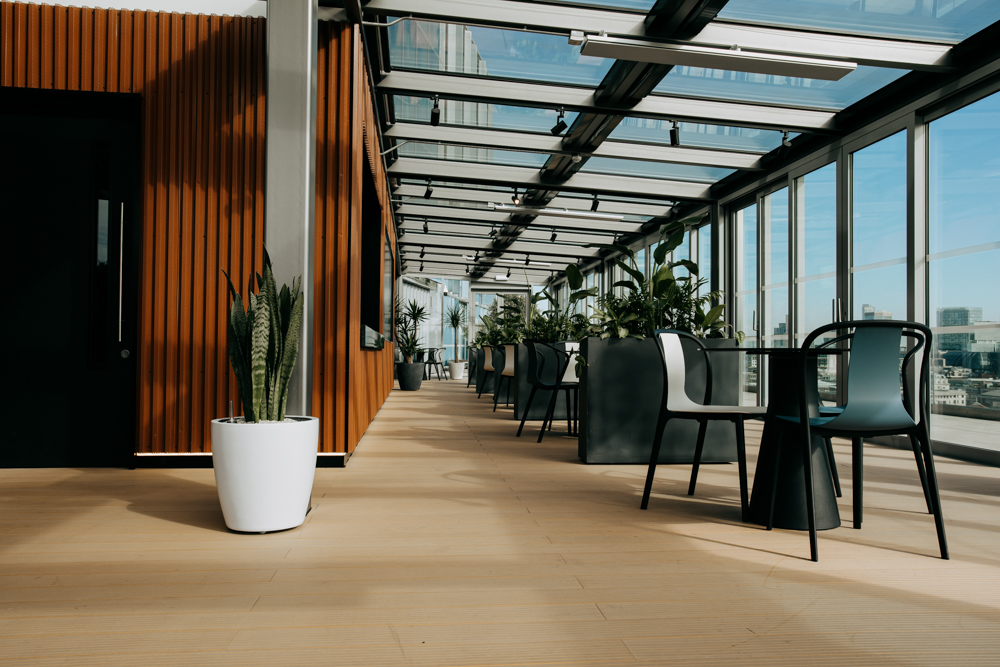
Famous Biophilic Design Sites
Amazon Spheres, Seattle:
Amazon Spheres in Seattle exemplify biophilic design at its finest. These glass domes house a lush, multi-level indoor rainforest, compete with thousands of plant species from around the world. The Spheres not only provide a unique workspace for Amazon employees but also serve as a public urban oasis, showcasing the transformative potential of integrating nature into urban environments.
One Central Park, Sydney:
One Central Park in Sydney is renowned for its innovative approach to biophilic design. The residential and commercial complex features extensive vertical gardens across its facades, designed by botanist Patrick Blanc. These green walls not only enhance the buildings aesthetics appeal but also contribute to biodiversity and environmental sustainability within the heart of Sydney’s bustling city centre.
Bosco Verticale, Milan:
Bosco Verticale, or vertical forest in Milan is a pioneering example of biophilic architecture. Designed by Stefano Boeri architects these twin residential towers are covered with more than 900 trees, 5,000 shrubs and 11,000 perennial plants. This ambitious project aims to mitigate air pollution, reduce energy consumption and provide residents with a connection to nature in an urban setting.
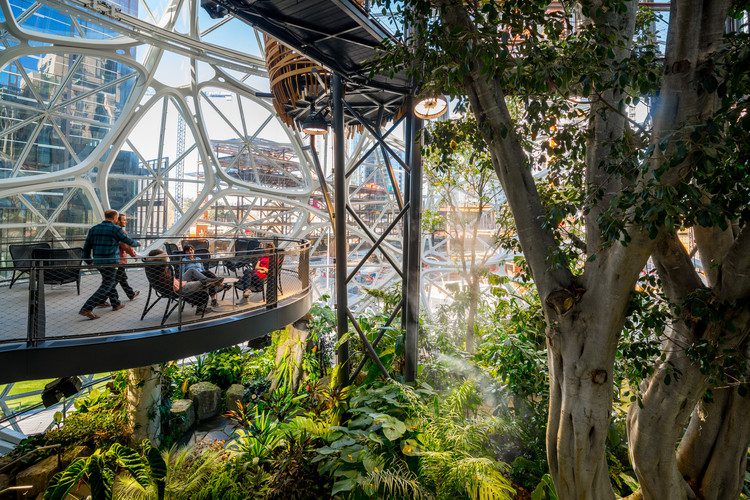
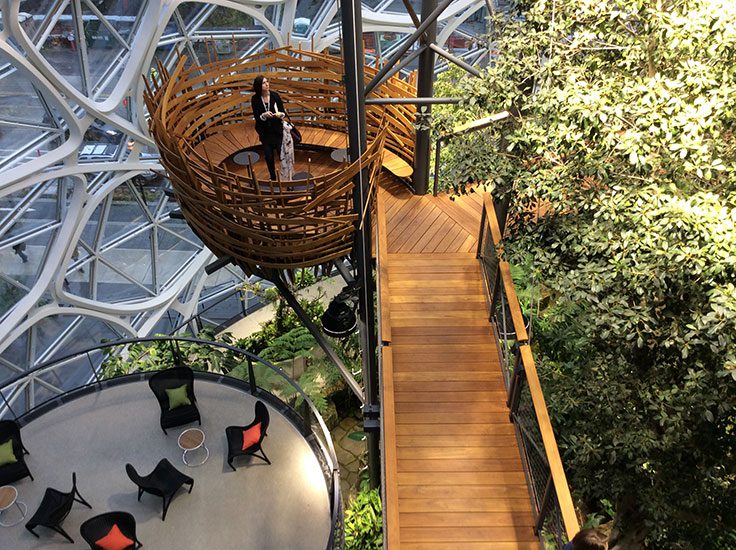
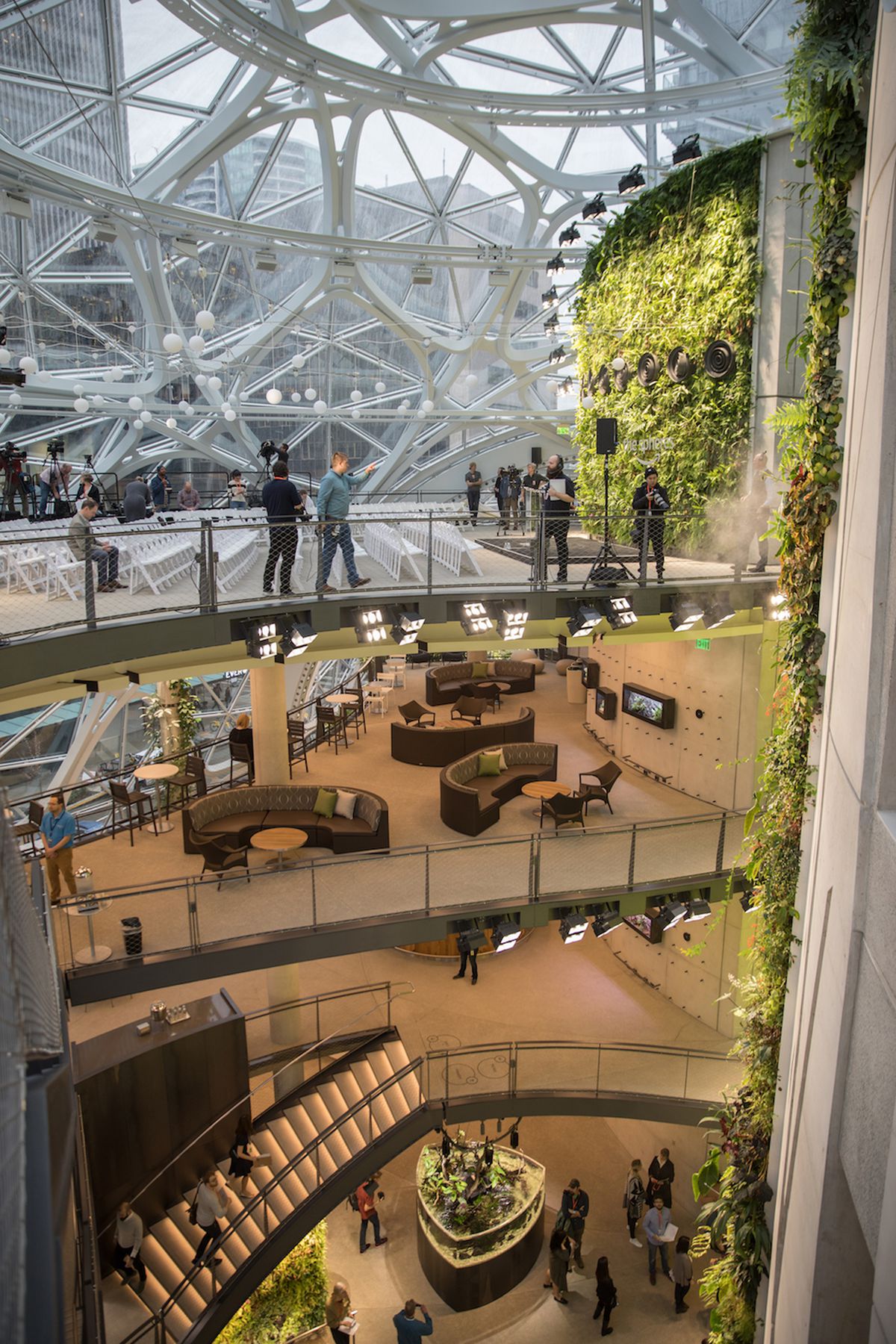


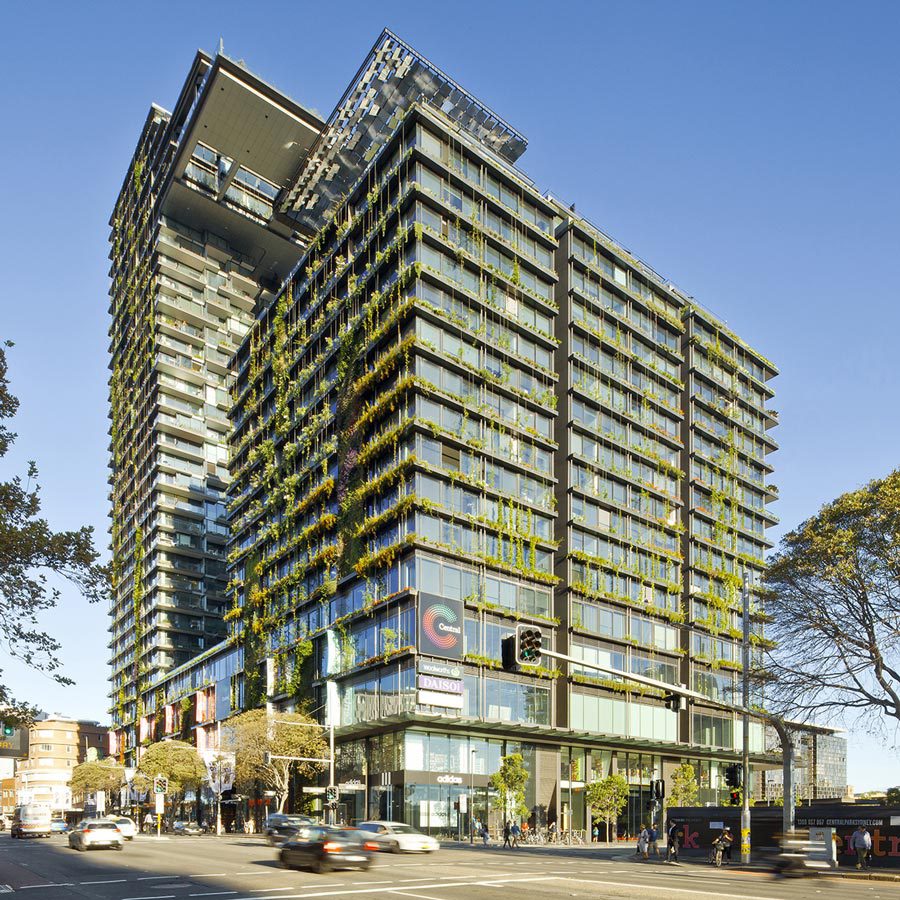
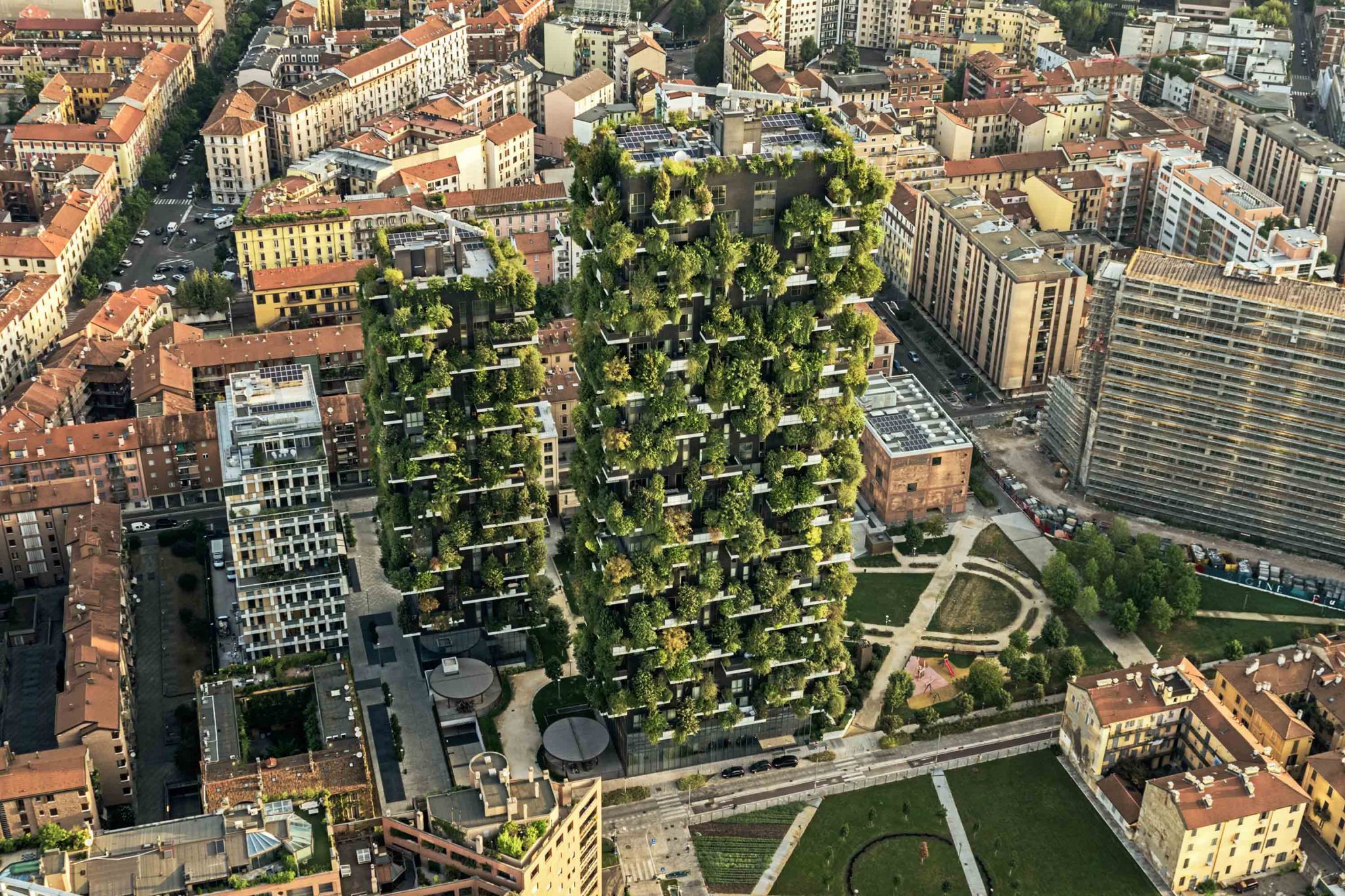

Stand out examples of biophilic design in some of the world’s greenest workplaces.
Our Commitment to Biophilic Excellence
At Plant Designs, we are committed to delivering biophilic design solutions that elevate spaces and enrich the working lives of occupants. Whether you’re looking to integrate greenery into a corporate office, retail space or hospitality, our expert team ensures each project embodies the principles of biophilia. Below are some examples of services we offer:
Bespoke Indoor Planting Schemes:
Tailored to your space and preferences, our planting schemes enhance aesthetics and air quality, fostering a healthier environment. With our expert plant knowledge, we know exactly what plants will thrive in your space and help you to pick the perfect plants.
Innovative Design and Build Solutions:
From integrated planting to natural lighting solutions, we collaborate closely with clients to integrate biophilic elements that promote well-being and sustainability.
Preserved Plant Displays:
Our low maintenance preserved plant displays offer biophilic benefits without traditional upkeep, ideal for space requiring minimal maintenance and acting as a good natural alternative to plastic plants.

Examples of our Biophilic Design Projects
LUSH Office Workspaces:
For LUSH, an international cosmetic retailer renowned for its commitment to natural ingredients and ethical practices, we created a vibrant planting scheme that aligned with their zero-waste policy and eclectic office aesthetic. By reusing existing plants and incorporating lush foliage like Schefflera and Philodendron species, we transformed their headquarters into a creative hub that reflects their values of sustainability and respect for nature.
European Bank for Reconstruction and Development (EBRD):
At EBRD’s new headquarters in Canary Wharf our team collaborated closely with architects and contractors to integrate biophilic elements seamlessly into the workspace. By selecting organic looking plants and integrating them into fixed elements like seating and countertops, we created a serene environment that promotes well-being and aligns with the organisations green initiatives.
WPP Health Practice:
WPP’s global health and wellness office in Central London required a planting scheme that enhanced workplace well-being and complimented their wellness focused ethos. Our solution included floor standing plants and grouped displays featuring Philodendrons and Areca Palms, creating a visually inviting and organic atmosphere that supports employee health and productivity.
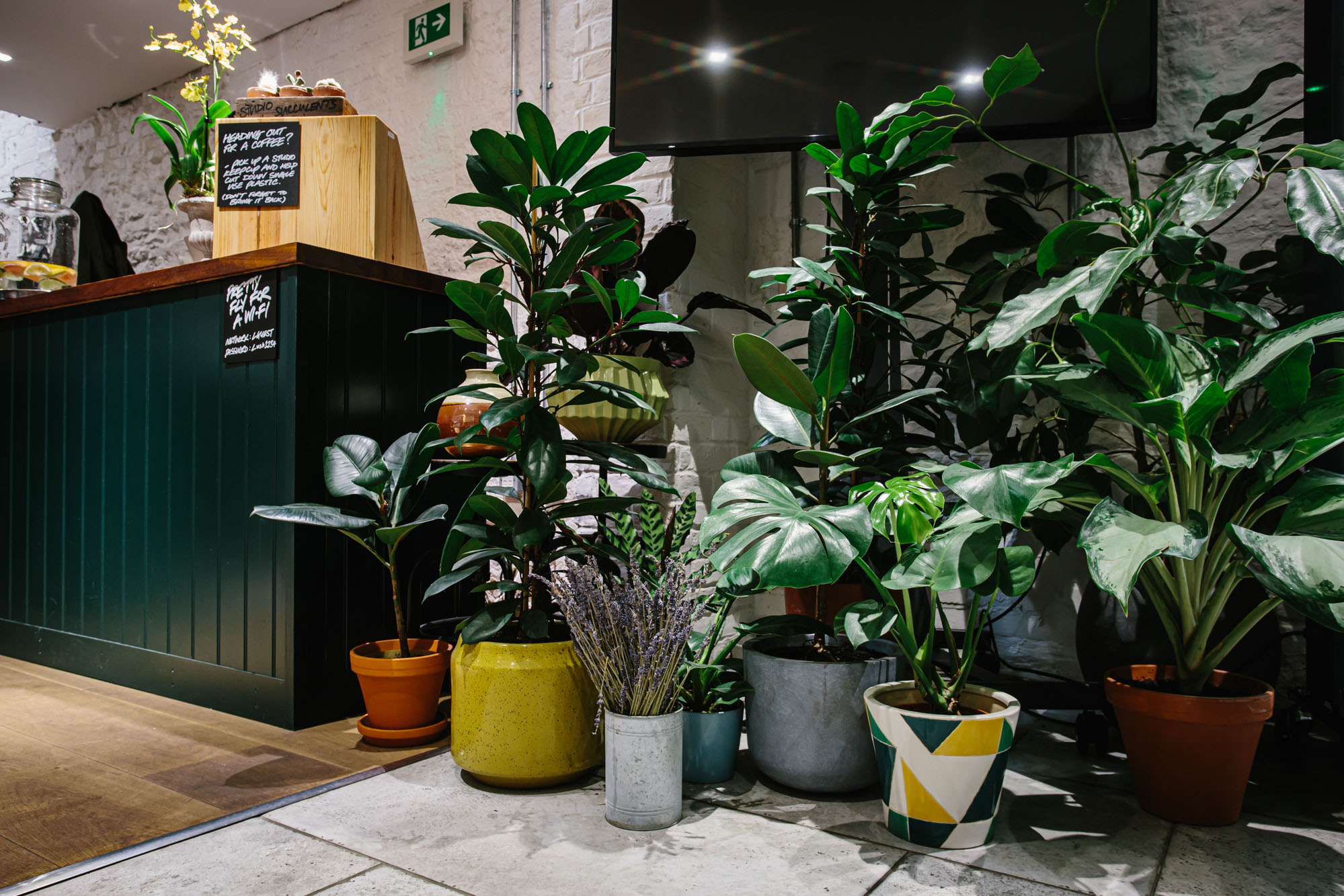
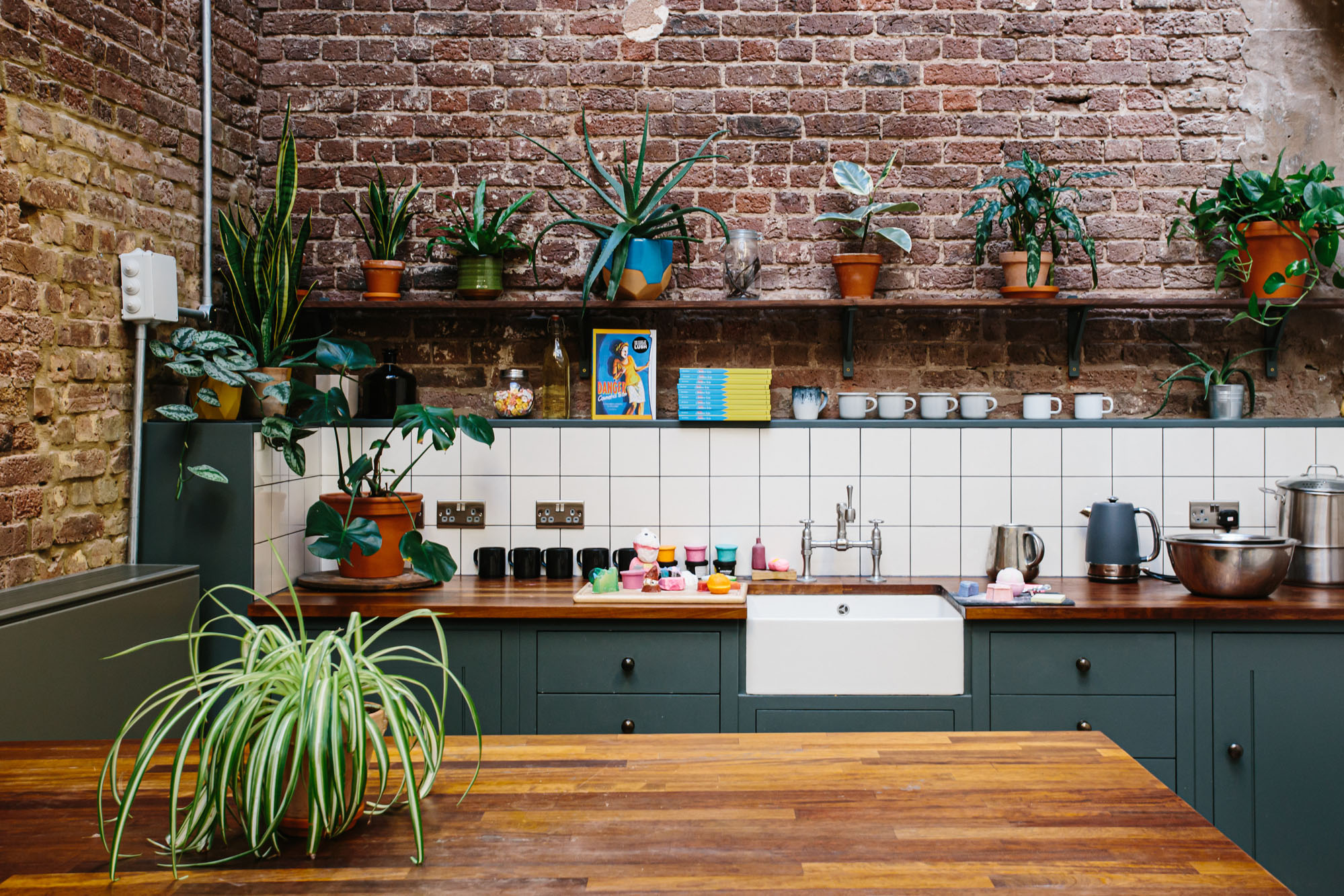

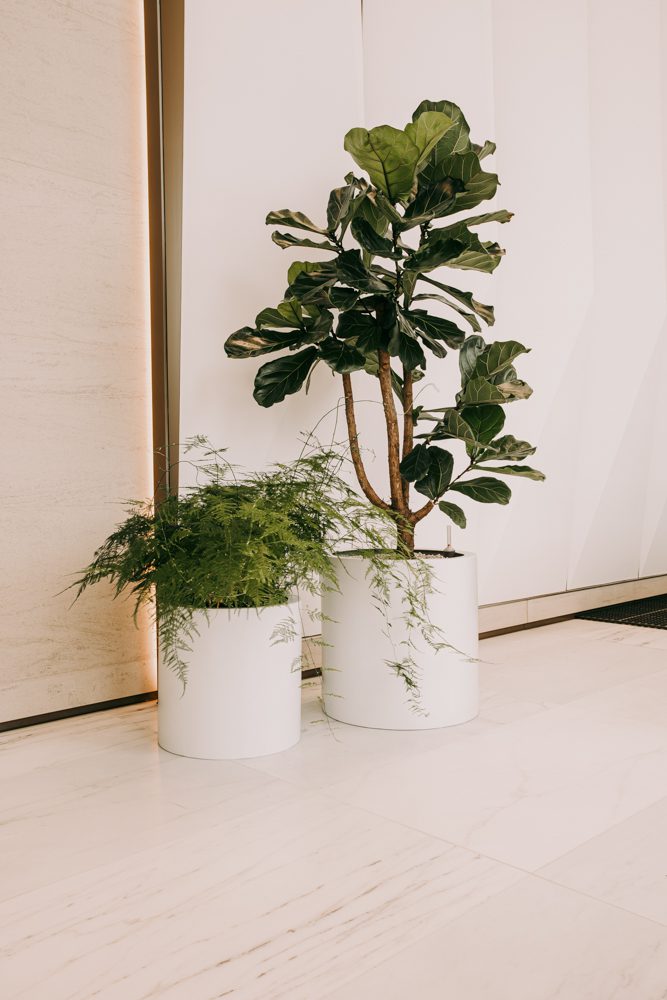
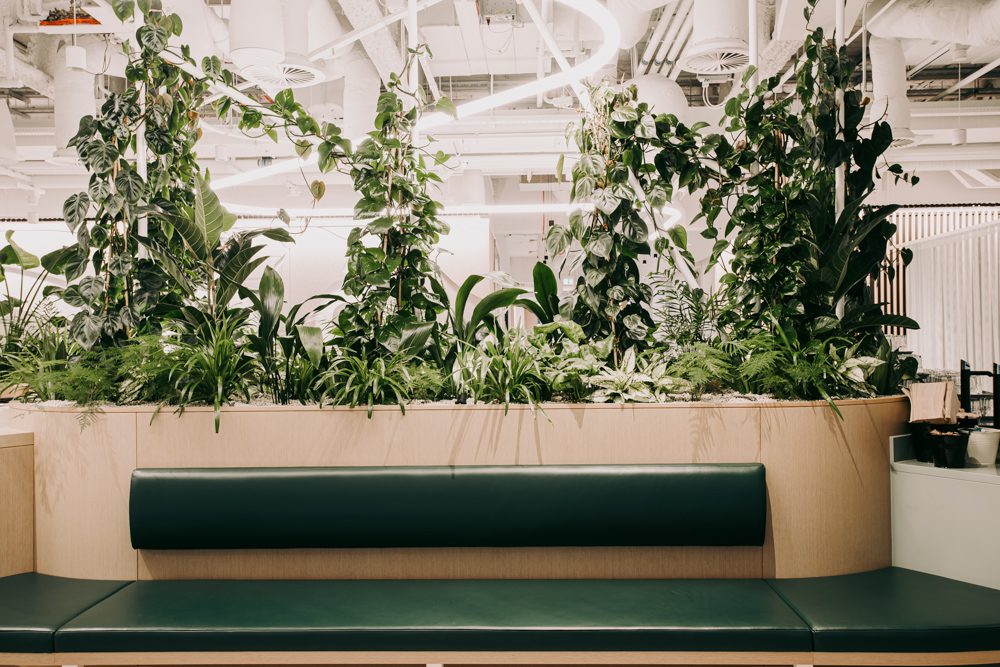
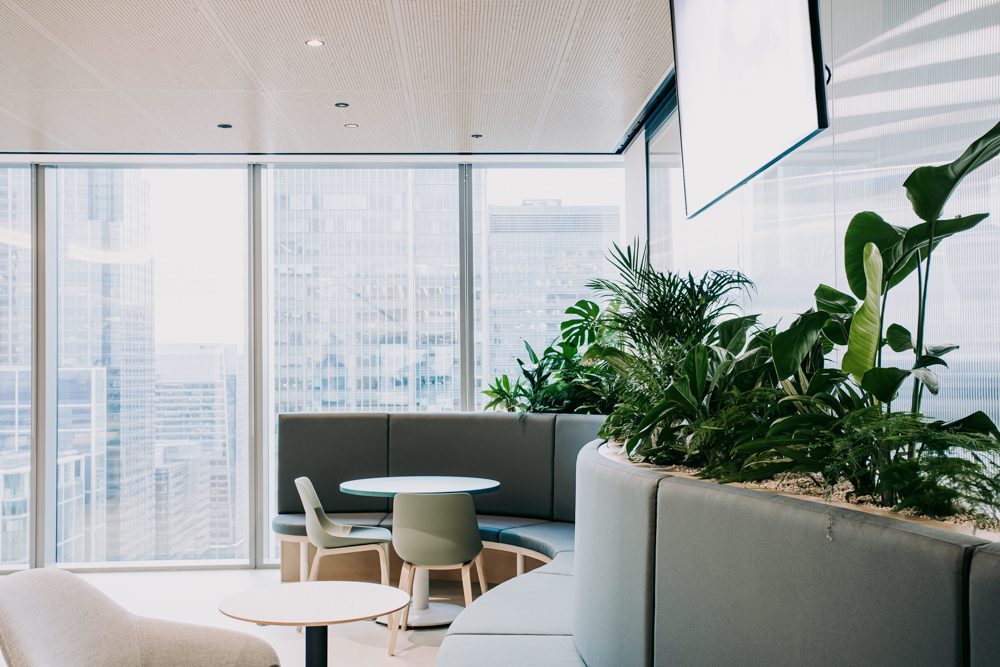
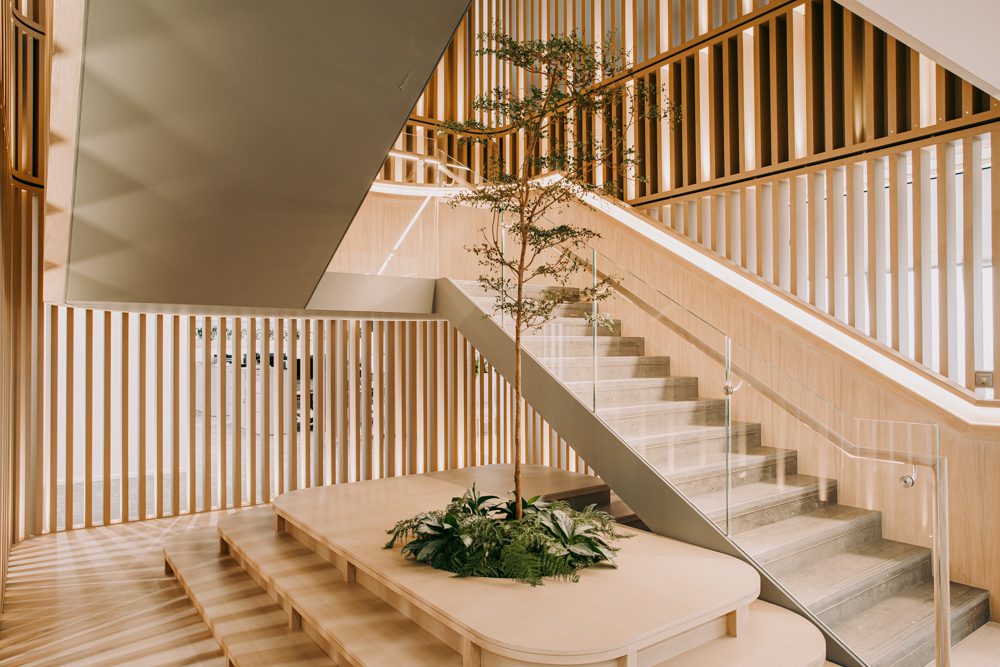
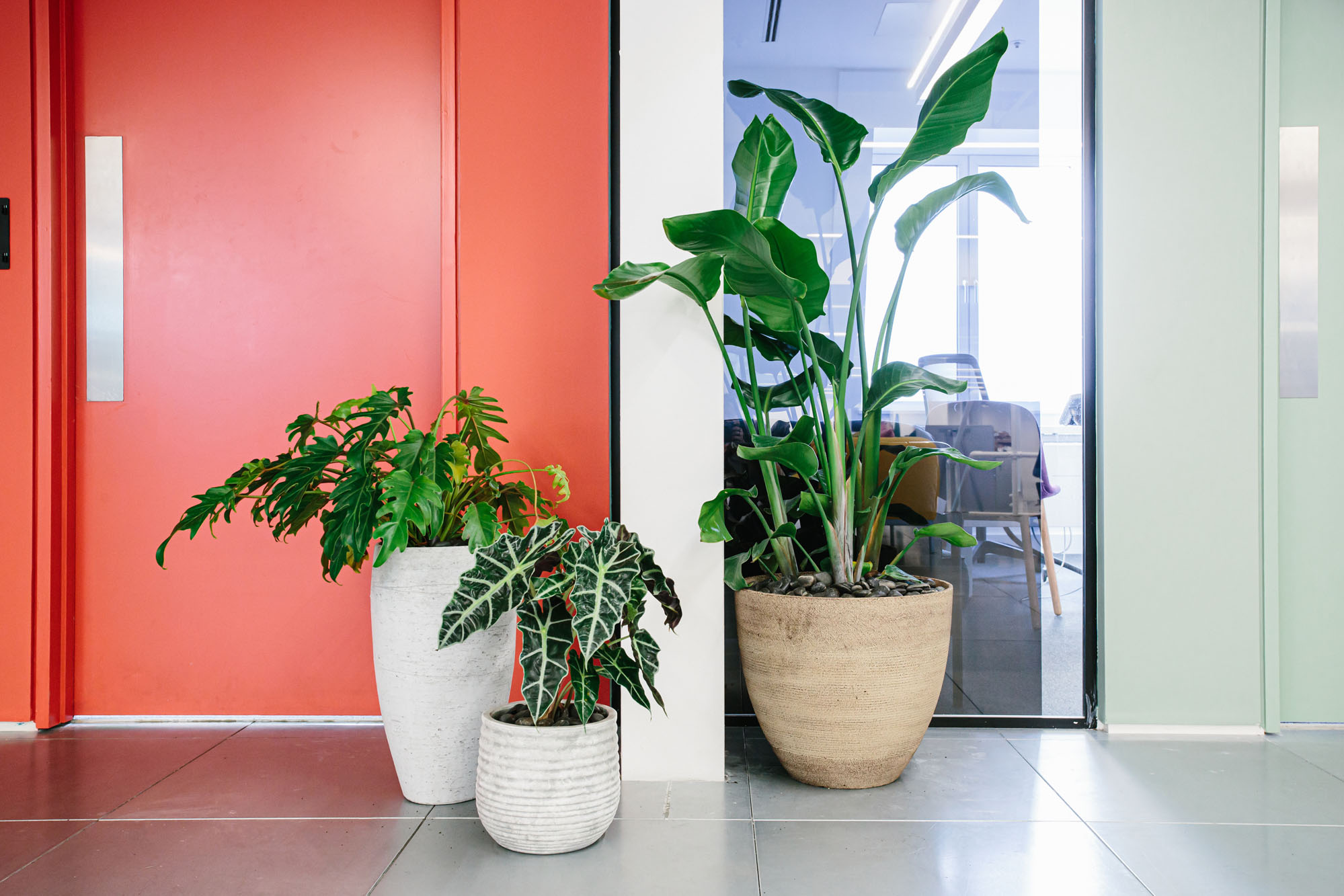
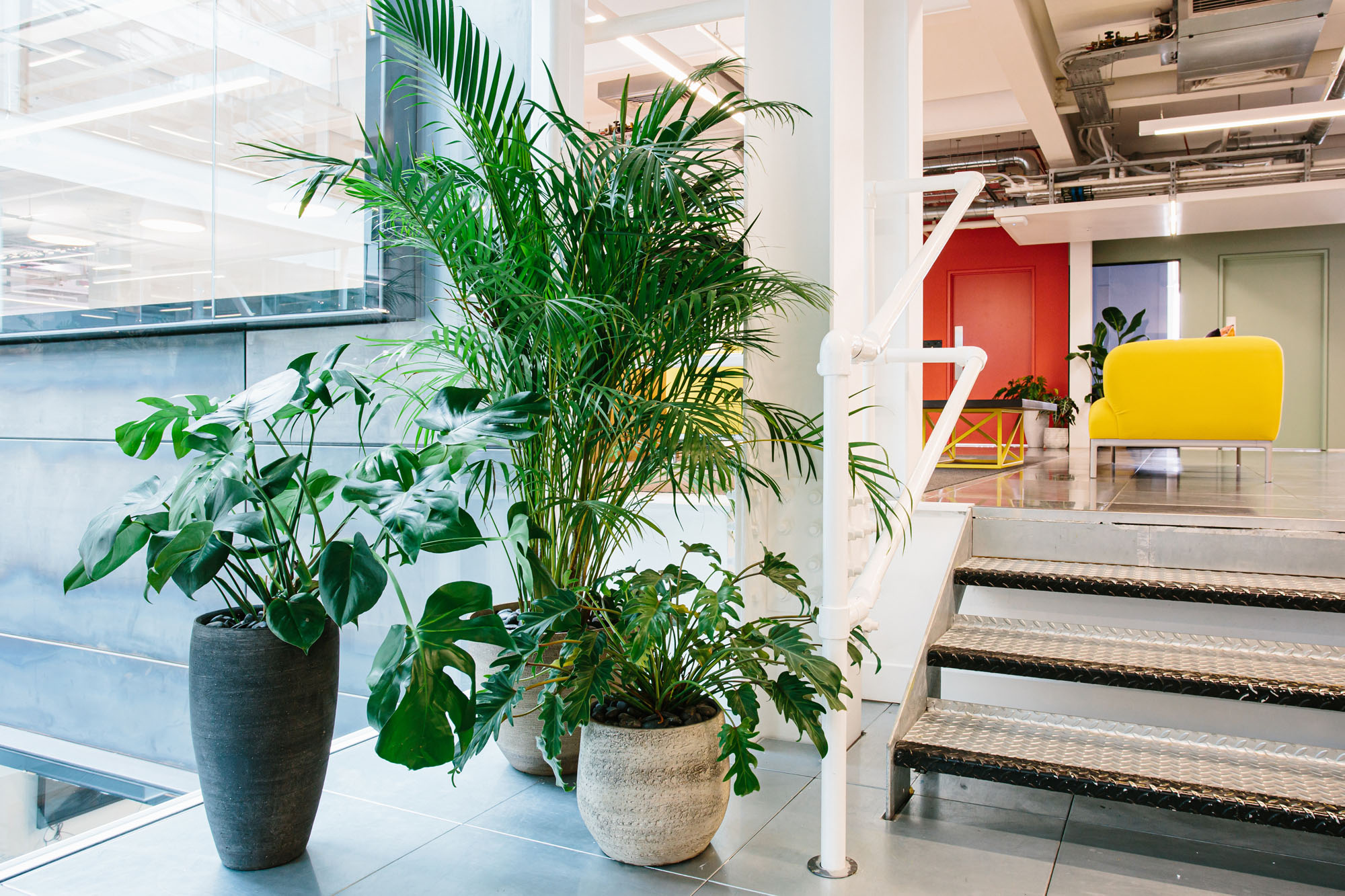
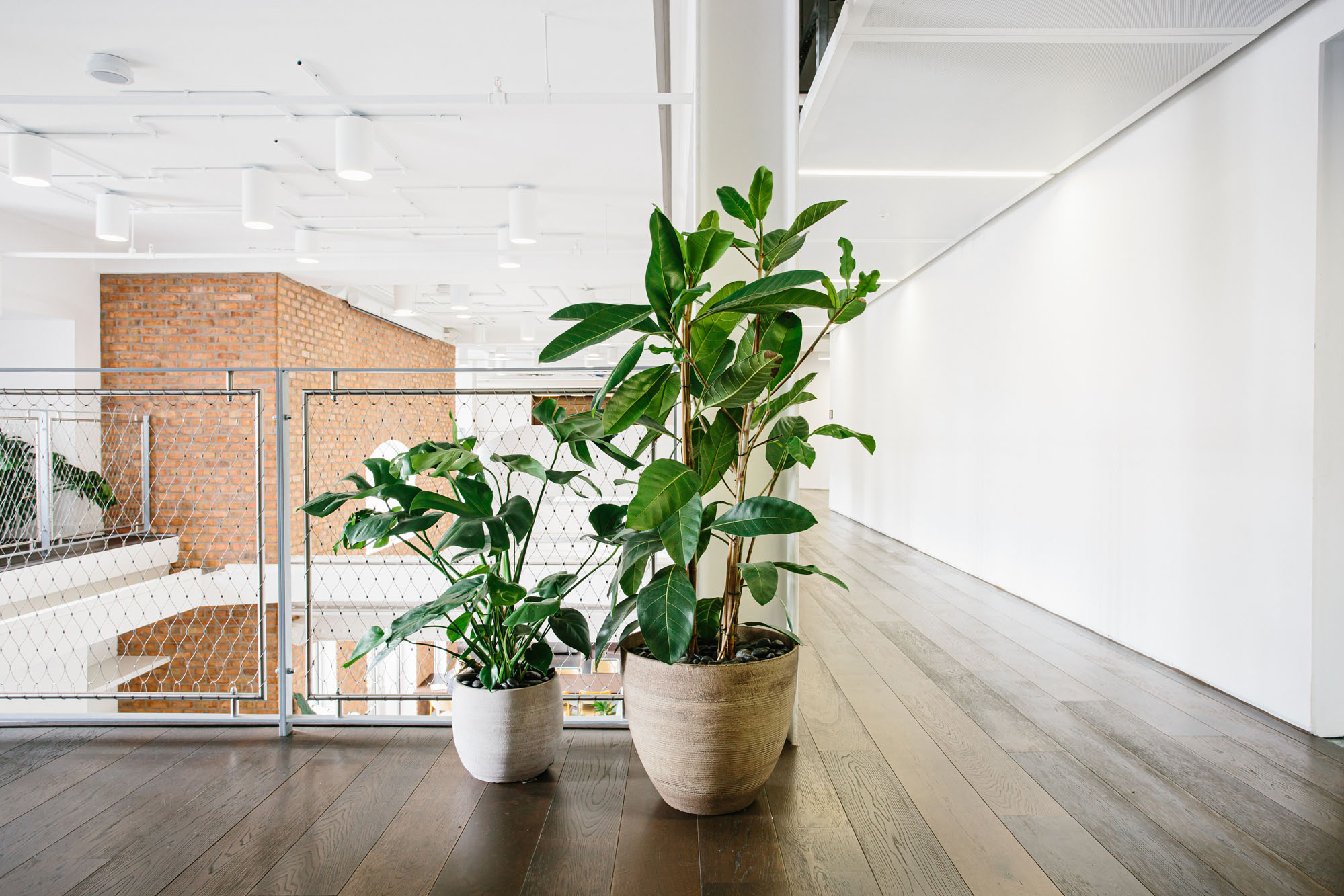
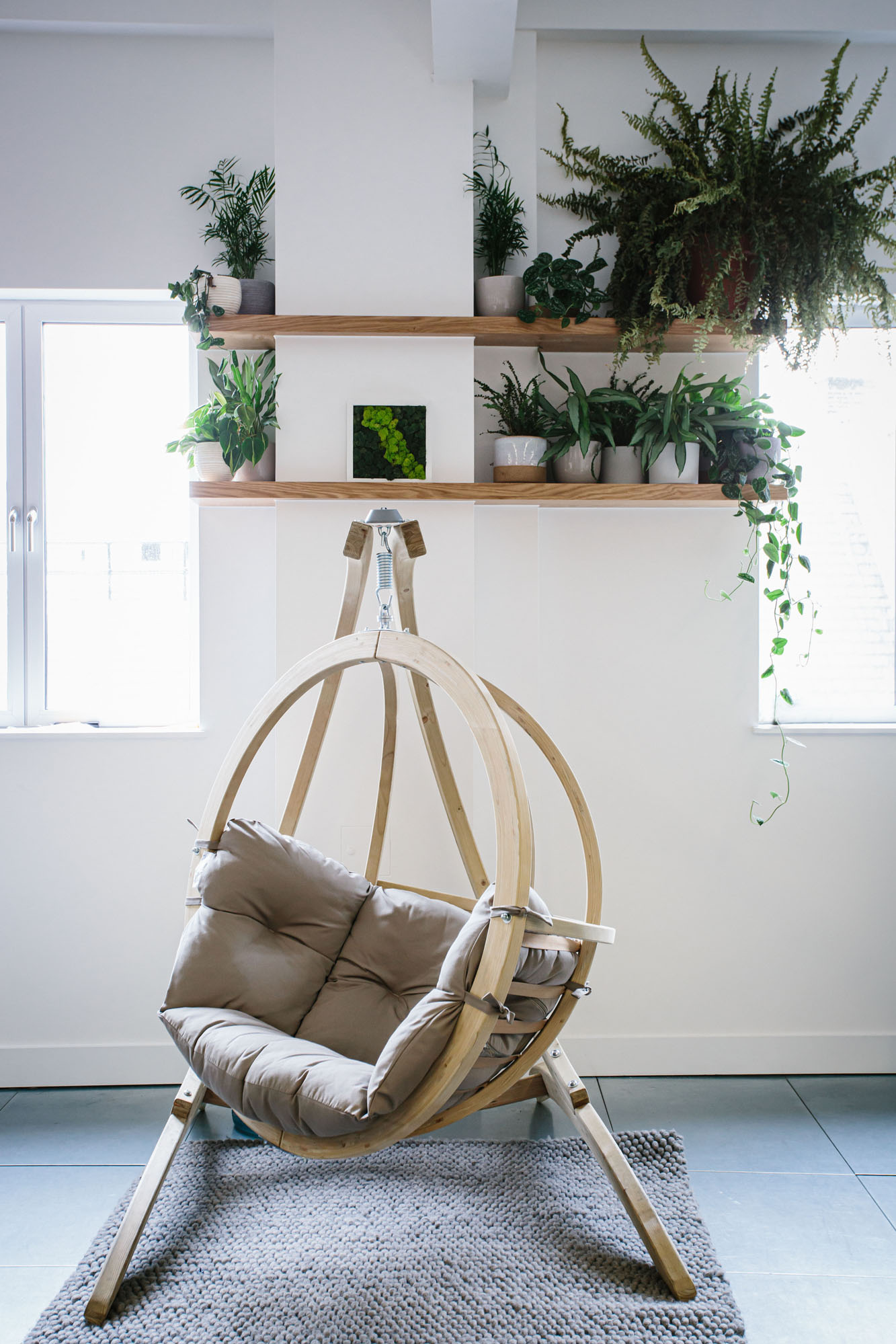
Examples of projects undertaken by Plant Designs.
Embracing Biophilic Design for a Sustainable Future
Biophilic design isn’t just about aesthetics, it’s about creating environments that prioritise human well-being and environmental stewardship. At Plant Designs we invite you to explore the transformative potential of biophilia. Contact us today to schedule a consultation and discover how we can bring your space to life with the timeless beauty and vitality of nature. Together, let’s build a brighter, greener future – one biophilic design at a time.
Further Reading

